Henry Bassett Comstock (1908 – 2003), the son of illustrator Enos Benjamin Comstock and Christine Frances Bassett, was an illustrator, journalist and editor of Munsey’s Railroad Magazine in the 1940s. This profile of him originally appeared in The Journal News, White Plains, New York, August 6, 1972.
Locomotive tootles way into one man’s heart
BY VIRGINIA PARKHURST
Staff Writer
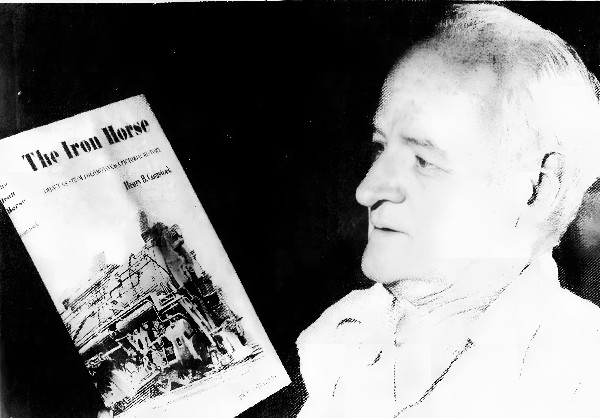
Henry B Comstock of Blauvelt, author-illustrator of The Iron Horse has had a love affair with locomotives all his life.
As a youngster in Leonia, N.J. he used to go down by the Northern Railroad tracks to watch the parade of trains clattering through on their way to Nyack There were 18 trains a day each way then on that branch of the Erie in contrast to the three a day when the Northern ceased operating its service to the Rockland village a few years ago. Comstock’s favorite Nyack-bound locomotive was the “Otto Miller” rolling north in the sunset, the gold letters of Miller’s name lustrous below the cab windows, the Otto Miller more than any other Northern locomotive kindled young Comstock’s artist’s imagination
For the Blauvelt writer has been drawing as long as he can remember.
THERE WERE many influences which helped to start young Comstock on the road to a career which led to his becoming one of America’s foremost technical illustrators and to what Comstock calls his “lifelong affection for steam power”.
One was a fireman on the Northern who found the youngster sketching under the tender of a locomotive which had pulled on to a siding. He invited him into the cab. Another was his mother’s father, a former railroad telegrapher, who taught him to observe technical details.
Perhaps most of all it was the 64 unforgettable hours which the boy spent each year riding trains to and from his grandparents’ homes in Chicago and Milwaukee. “To me it seemed that smooth-gliding Pullmans, with their pseudo-mahogany interiors, electric fans and inexhaustible supplies of flat paper cups and ice water, were the ultimate in luxury,” Comstock recalled recently.
AS FOR the locomotives “up front,” no words had been able to do them justice and so he had drawn them, he said. Important as his affection for locomotives and his ability to draw were, Henry Comstock probably would never have become associate editor of Popular Science for ten years and for another decade editor of Railroad Magazine, if he had not liked mechanics. Nor might he have become a successful free-lance writer, if he had not enjoyed travel and adventure.
A 1,100-mile bicycle trip, which he and a friend made to Milwaukee, provided the subject for the article Comstock sold to Boy’s Life Magazine when he was 17. In it he had described in purple prose,” he said, the excitement of pedaling along a dirt road north of Susquehanna, Pa “flank to flank” with the Erie Railroad’s 24-drivered locomotive, the “Matt Shay”.

COMSTOCK said he soon discovered that making his articles “sound real” was the key to selling manuscripts and that his sketchbook provided a key to “unusual transportation.”
One of his more memorable trips was that which he made on a sulphur barge up the Hudson, through the Erie Canal, and along Lake Erie to Cleveland. In return for his passage, he had promised to paint portraits of the captain, his wife and their baby “Our fleet consisted of four decrepit tubs strung tandem- fashion behind a squat little steam tug called the Perseverance. As it turned out, my young host and hostess were fed up with canal life, and somewhere east of Rochester they literally jumped ship, standing on the cabin roof and scrambling on to a bridge as the tow passed under,” the writer-illustrator recalled.
Comstock thereafter “skippered” the barge, handling it so well that when he reached Cleveland he was offered the job of captain with pay.
During the depression, Comstock worked for an advertising agency, an art service studio or free-lanced. Summers he and his wife, Mary, with their small daughter, Carol, explored the country by car.
THEN IN 1939, Dudley Martin of the New York Times, now a resident of Upper Nyack, got Comstock into what he calls “the business of editing” by telling him of a vacancy on Railroad Magazine and setting up an appointment for him to apply.
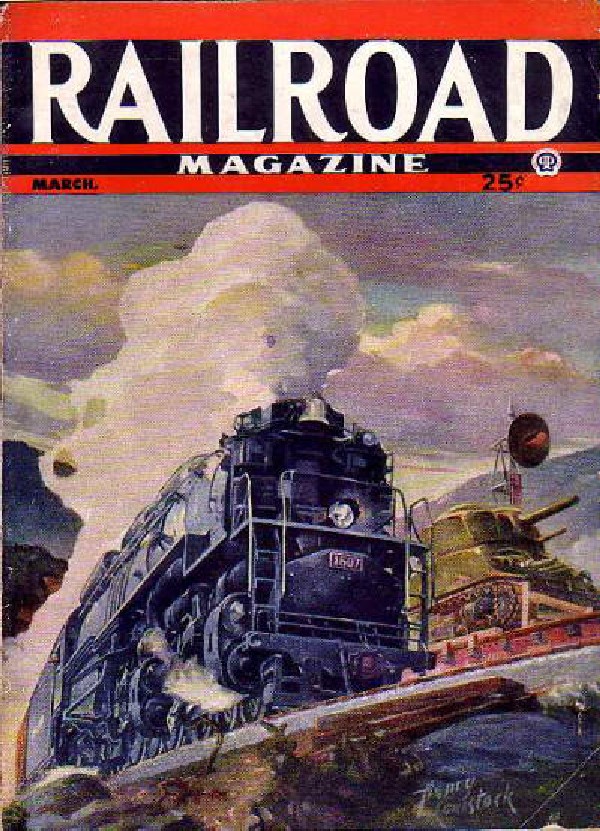
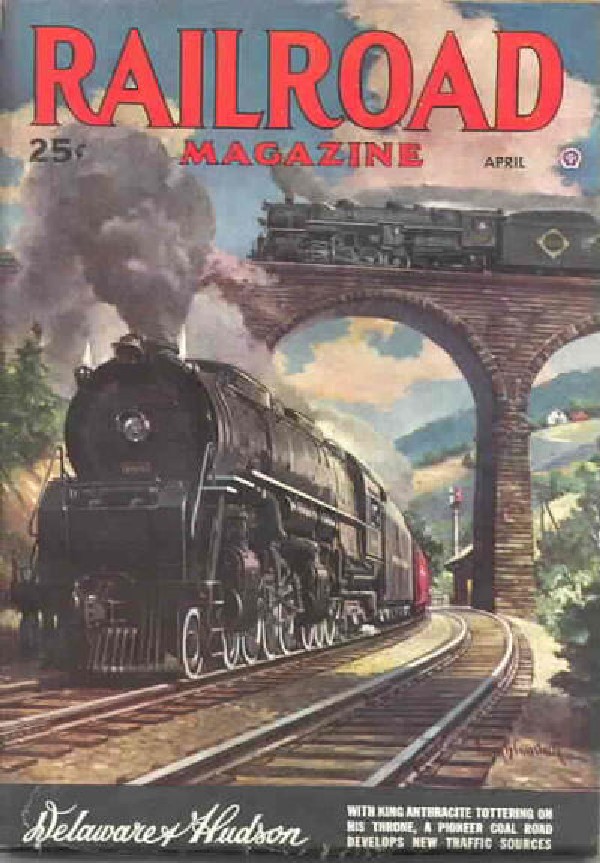
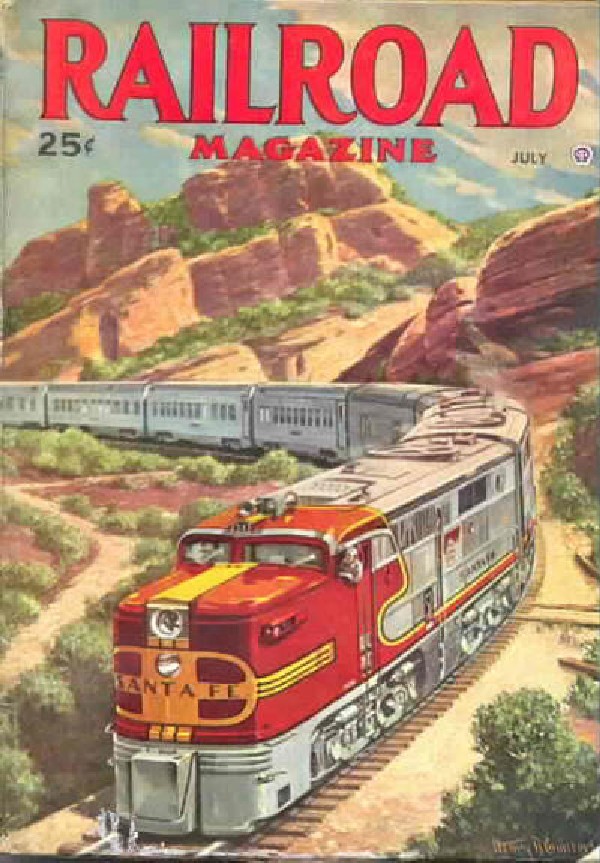
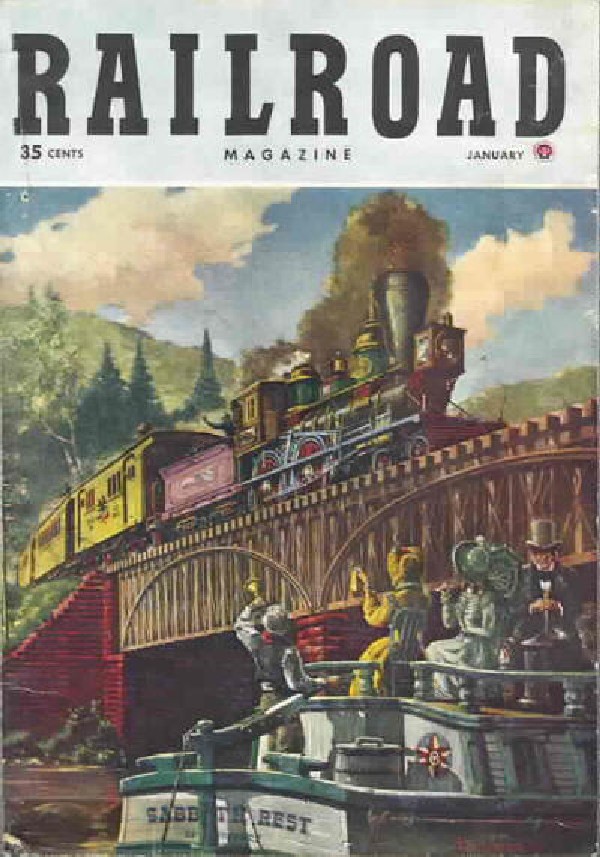
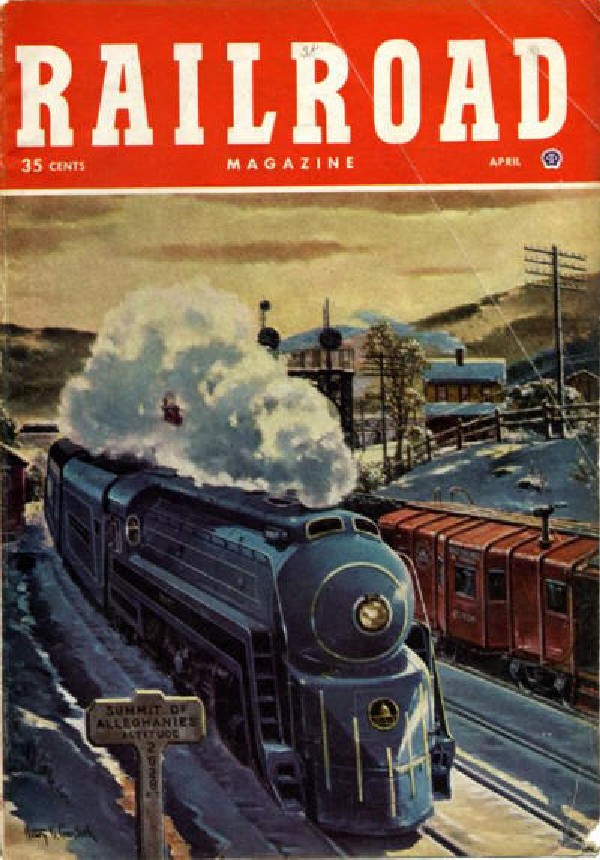
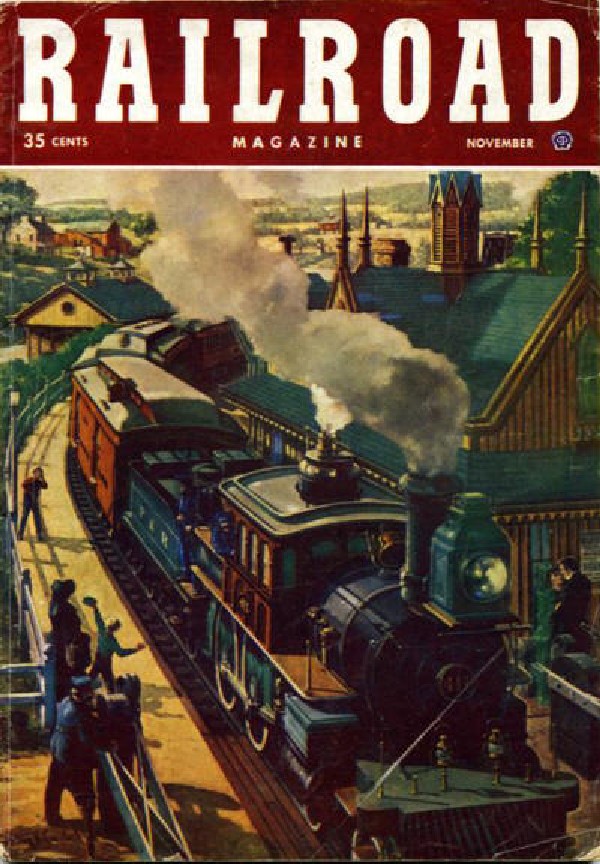
From being editor of that magazine, Comstock went to an associate editorship at Popular Science Monthly. He recalled that in that position he “scouted and wrote articles on mechanical subjects, ranging from strip-mine shovels to supersonic wind tunnels.”
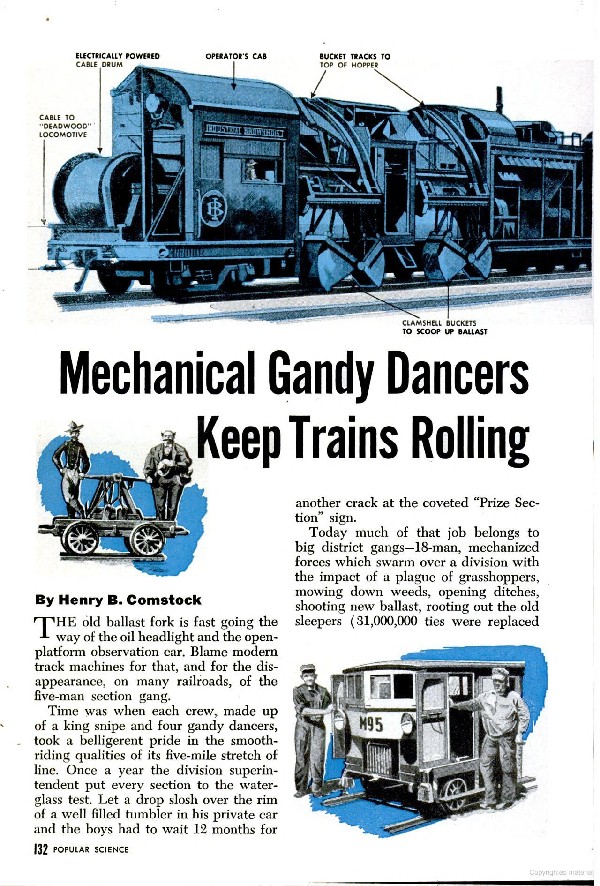
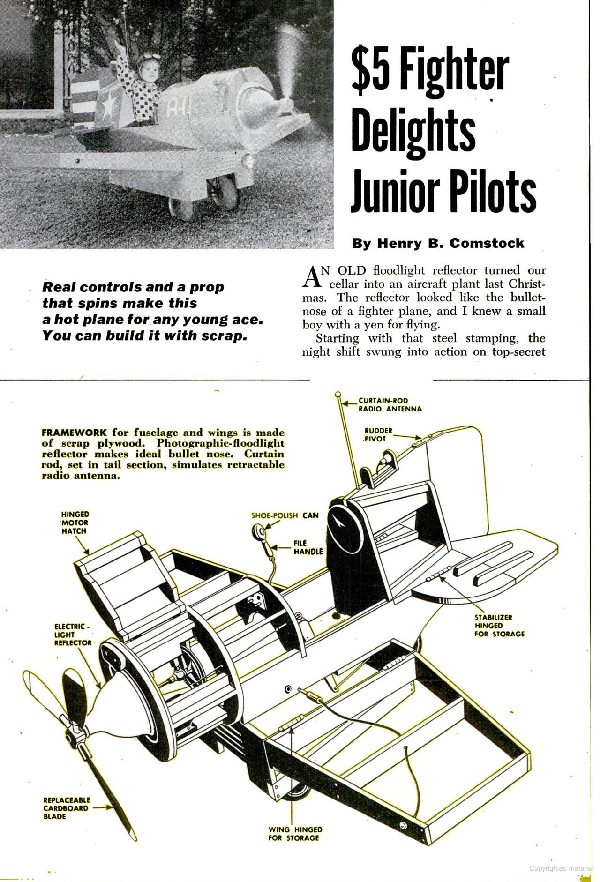
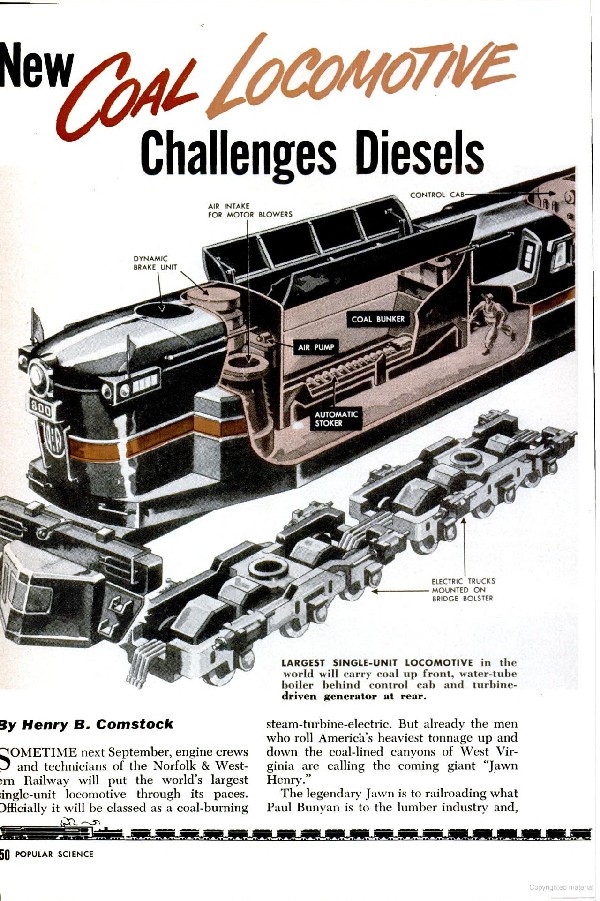
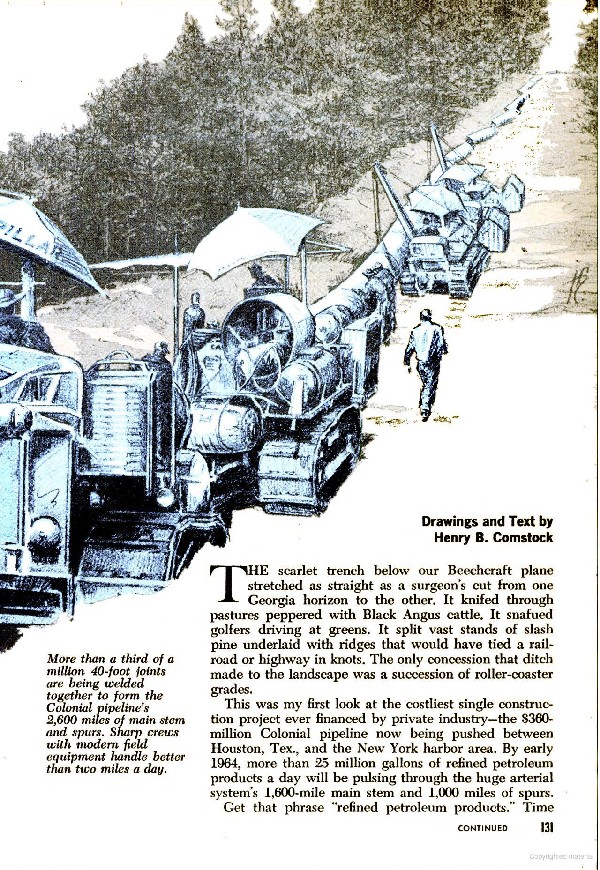

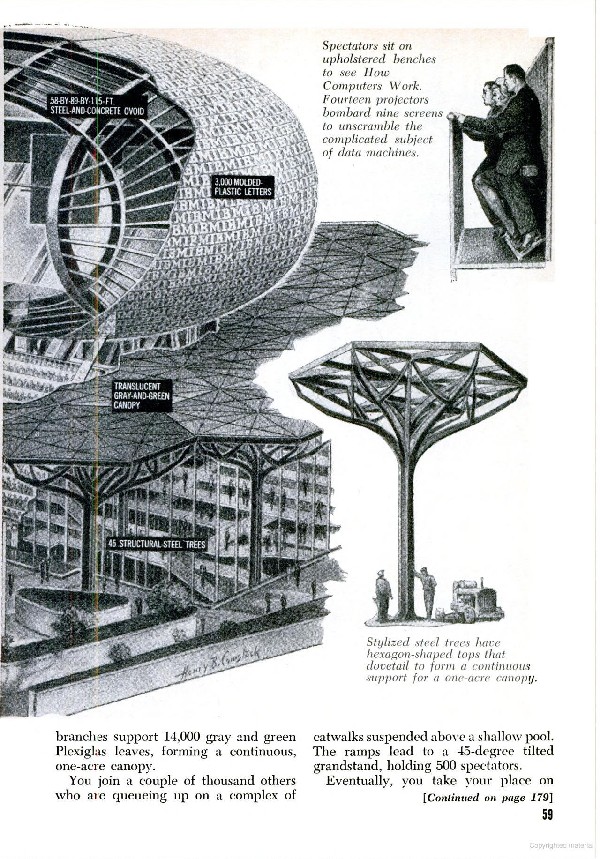
Railroads, however, continued to be his favorite subject, and reprints of his articles on them have been translated into German, Spanish and Japanese.
Since 1961, Comstock has been free-lancing. Among his assignments has been driving a test car to Monterey, Mexico, and back and then driving its competitor to San Diego and return – “a total of 15,000 miles in 22 consecutive days.”
Comstock claimed, however, that his favorite assignment had been the trip he made from LeHavre to New York aboard the luxury liner, France, then the largest in the world, in order to do an illustrated article on her mechanical and electronic innovations.
COMSTOCK uses a black lead pencil for his drawings, feathers the soft deposit of graphite with a razor blade to obtain shading and detail. He worked two years for a total of 4,000 hours on the drawings alone for The Iron Horse. He is now working on a book on cathedrals.
The writer-illustrator and his wife have lived in the Greenbush Road, Blauvelt, since 1941. Their children, Carol and Robert, now grown, attended the old Blauvelt school when there were only 79 pupils. Comstock was a member of the board of education. Mrs Comstock has taught in the Blauvelt elementary school and the South Orangetown Junior High School.
Did Enos B. Comstock, father of Henry, ever live in Nyack?
This profile of Enos doesn’t mention it.
What about Enos’ son, Henry B. Comstock?